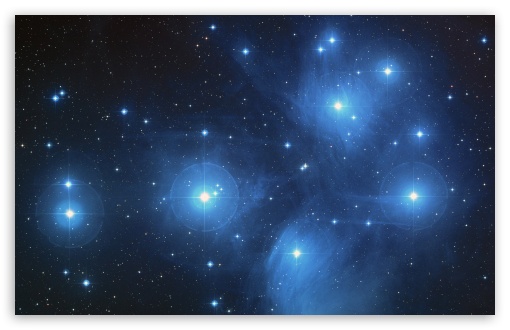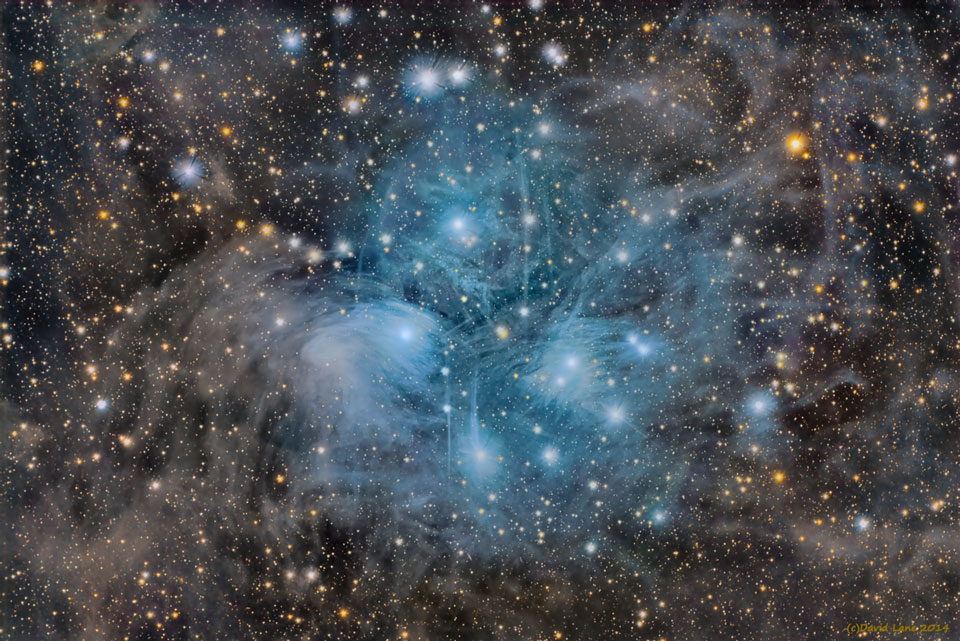How about this one to kick off a list of sight-seeing targets in Elite: Dangerous.
The rings of Neptune: http://apod.nasa.gov/apod/ap140515.html
The rings of Neptune: http://apod.nasa.gov/apod/ap140515.html
How about the suspected supermassive black-hole at the heart of the Galaxy?
Suspected? It's there for sure - well, something with the mass of 4 million suns within a radius equivalent to Uranus's orbit, what is that if not a black hole?
http://www.wired.com/2014/03/black-hole-snack-time/
Definitely on the sight-seeing target list...
I'm not sure that's the case anymore - supermassive black holes may just be the consequence of the formation of galaxies rather than the other way around. Galaxy formation occurs due to dark matter, as you can see in the Illustris simulation:and how they also suspected that a SMBH was a prerequisite for a galaxy to form.
I believe it's an ongoing event over the next few years and nobody knows exactly what will happen - a bit like we knew comet Shoemaker Levy 9 would collide with Jupiter in 1994, but we didn't know exactly what the result would be. Unlike the SL9 collision, this event won't occur in a short period of time - it's a big gas cloud that's been stretched out a very long way by the SMBH, so it'll take time to see what all the consequences are - if any!Edit: that animation you linked to is amazing. Was that due to kick-off in March?
I remember flying to the Pleiades in Frontier: they were there all grouped together. Betelgeuse too.Third target... because it's my favourite binocular object...


I remember flying to the Pleiades in Frontier: they were there all grouped together. Betelgeuse too.
The latest images of the Pleiades reveal a fascinating set of straight lines in its surrounding reflection nebula:

